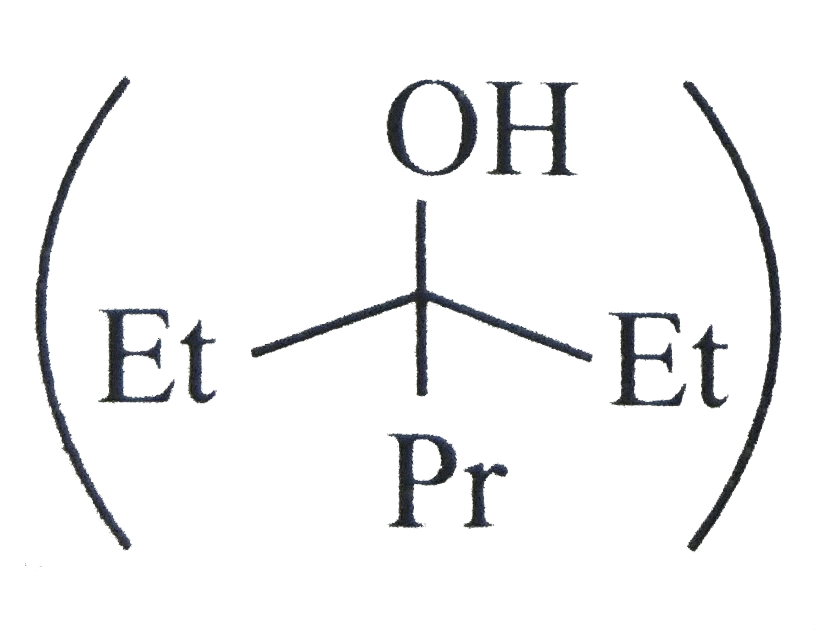Phenyl methyl ether reacts with HI to give phenol and methyl iodide and not iodobenzene and methyl alcohol. Why?
Video Solution
Text Solution

It is probably due to the fact that phenyl pxygen bond has a partial double bond character due to resonance. Therefore, cleavage is difficult as compared to alkyl oxygen bond.
|
Topper's Solved these Questions
- SAMPLE QUESTION PAPER 5 BOOK - ICSECHAPTER - SAMPLE QUESTION PAPER 5 EXERCISE - Questions (Complete the following statements by selecting the correct alternative from the choices given :)
4 Videos
- SAMPLE QUESTION PAPER 3BOOK - ICSECHAPTER - SAMPLE QUESTION PAPER 3EXERCISE - QUESTION
70 Videos
- SAMPLE QUESTIONS PAPER 2BOOK - ICSECHAPTER - SAMPLE QUESTIONS PAPER 2EXERCISE - QUESTIONS
47 Videos
Similar Questions
Knowledge Check
Phenyl methyl ether (on anisole) reacts with HI to give phenol and methyl iodide and not iodobenzene and methyl alcohol. Justify .
AI− ion prefers to combie with the smaller group in order to minimise steric hindrance group in order to minimise steric hindranceBI− ion is not ractive towards benzneCphenol is formed as a result of hydrolyis of iodobenzeneDmehtyl alcohol fromed durin reaction racts wit I− to from methyl iodile .Methyl bromide reacts with AgF to give methyl fluoride and silver bromide. This reaction is called
AFitting reactionBSwart reactionCWurtz reactionDFinkelstein reaction
When methyl bromide is heated with Zn it gives:
View SolutionConversion of Methyl amine into ethyl alcohol
View SolutionAssertion : Tert- butyl methyl ether on cleavage with HI at 373 K gives tert-bytyl iodide and methano.
Reason : The reaction occurs by SN1 mechanism.
View SolutionThe heating of phenyl-methyl ethers with HI produces
View SolutionThe heating of phenyl-methyl ethers with HI produces
View SolutionThe heating of benzyl methyl ether with HI produces majorly
View Solution

 The ester is :
The ester is :